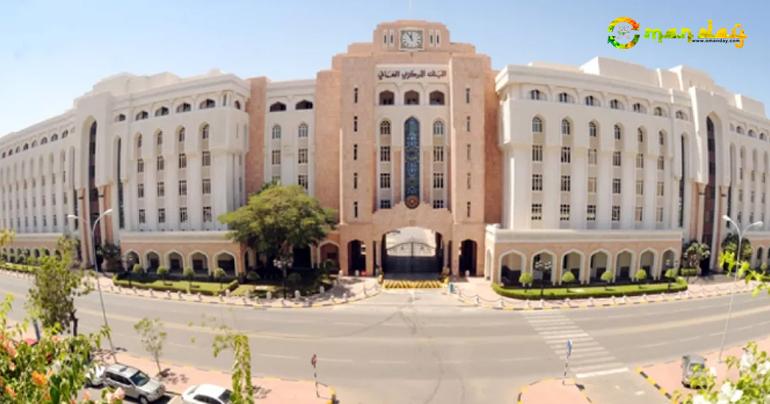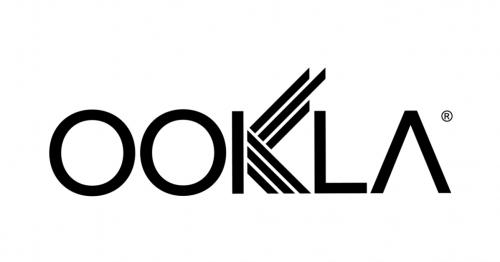Oman’s fiscal deficit in January-June 2017 declines to OMR 2.4 billion
The Sultanate continued to witness sluggish economic activities reflecting the lower oil prices.
As per the preliminary national accounts data for the Sultanate, nominal GDP declined by 5.1 per cent during 2016 compared to last year, mainly on account of sharp fall in the hydrocarbon sector, which declined by 23.7 per cent. Non-hydrocarbon sector witnessed a marginal growth of 0.6 per cent during 2016.
While manufacturing and wholesale and retail trade were adversely affected, value addition showed positive growth mainly in construction, agriculture and fishing as well as in real estate services.
Average annual inflation based on CPI for the Sultanate during January- June 2017 rose to 1.9 per cent mainly due to transport costs, education, furnishings, household equipment and routine household maintenance, and energy prices. The sharp drop in fiscal revenue outstripped the reduction in fiscal expenditure leading to widening of the fiscal deficit during 2016, which was funded mostly by external borrowings.
The provisional data indicates that the higher growth in revenues (both oil and non-oil) coupled with reduction in expenditure led to much lower fiscal deficit during January-June 2017 at OMR 2.4 billion as compared to OMR 3.5 billion during the corresponding period of last year. The current account balance also witnessed a deficit of OMR 4.7 billion during 2016.
The banking sector in the Sultanate continued to witness reasonable growth in both credit and deposits, despite the overall slowdown in the economy. The combined balance sheet of conventional and Islamic banks (other depository corporations) taken together, provides a complete overview of the financial intermediation taking place in the banking system in Oman. The total outstanding credit extended by other depository corporations stood at OMR 22.9 billion as at the end of June 2017, a growth of 6.6 per cent over the level witnessed a year ago.
Credit to the private sector increased by 7.4 per cent to OMR 20.6 billion as at the end of June 2017. Of the total credit to the private sector, the household sector (mainly under personal loans) and non-financial corporate sector each contributed 45.9 per cent, while financial corporations and other sectors contributed 5.1 per cent and 3.1 per cent, respectively.
Total deposits registered a growth of 6.6 per cent to OMR 21.4 billion, with private sector deposits growing by 5.0 per cent to OMR 13.6 billion as at the end of June 2017.
Sector-wise, the contribution of households in the total private sector deposits was 49.6 per cent, followed by non-financial corporations at 28.7 per cent, financial corporations at 18.9 per cent, and the other sectors at 2.8 per cent.
Share This Post






